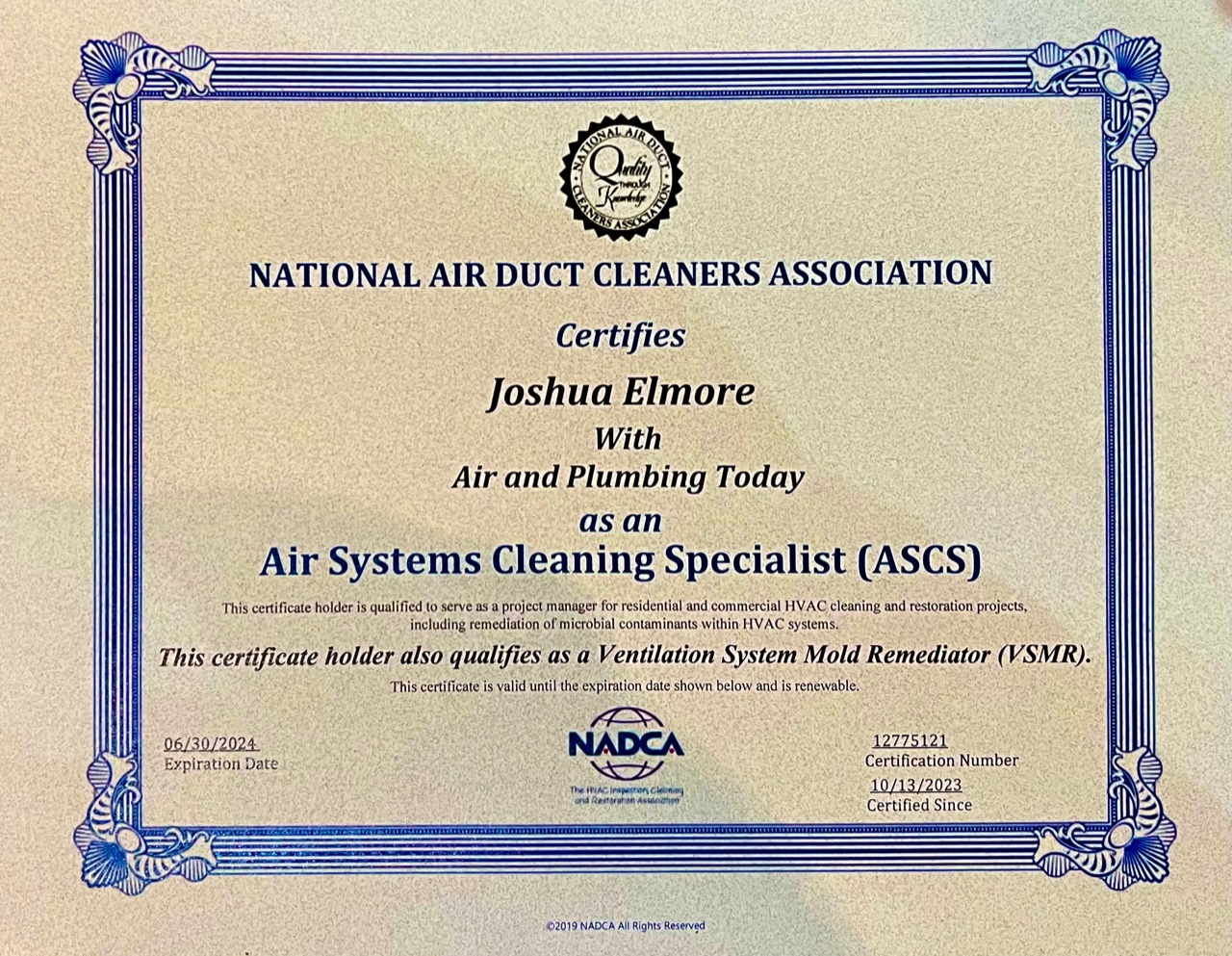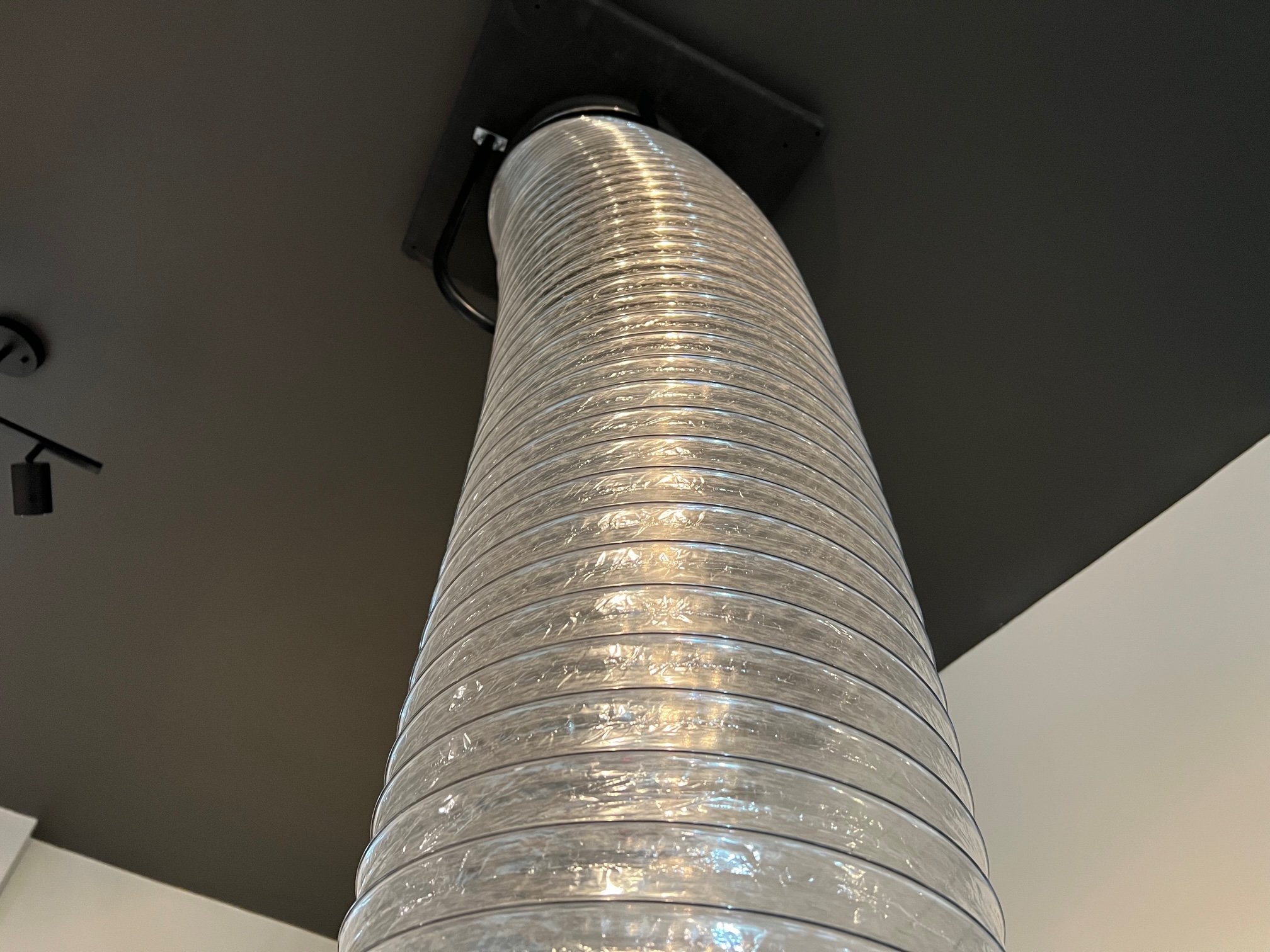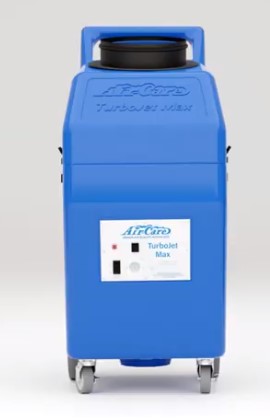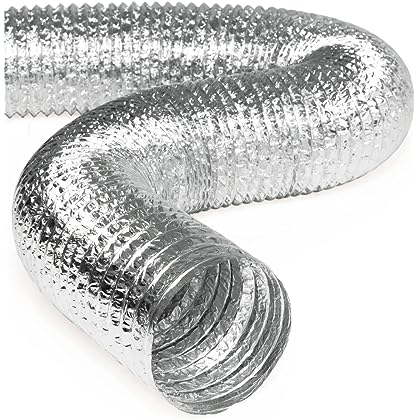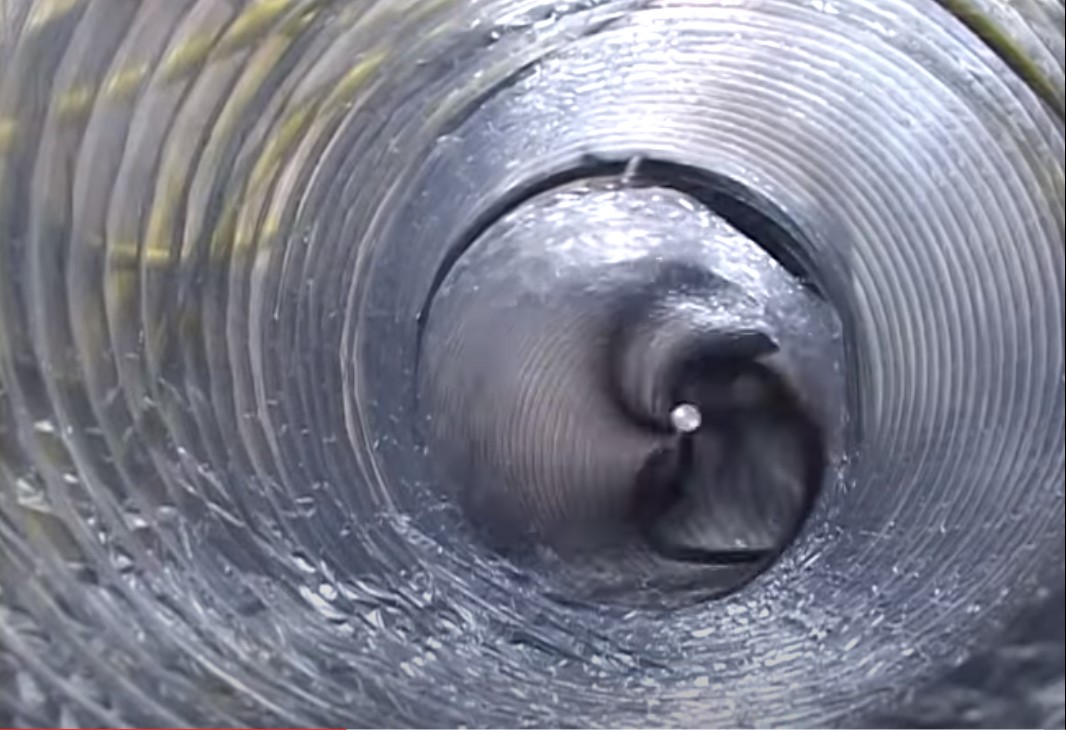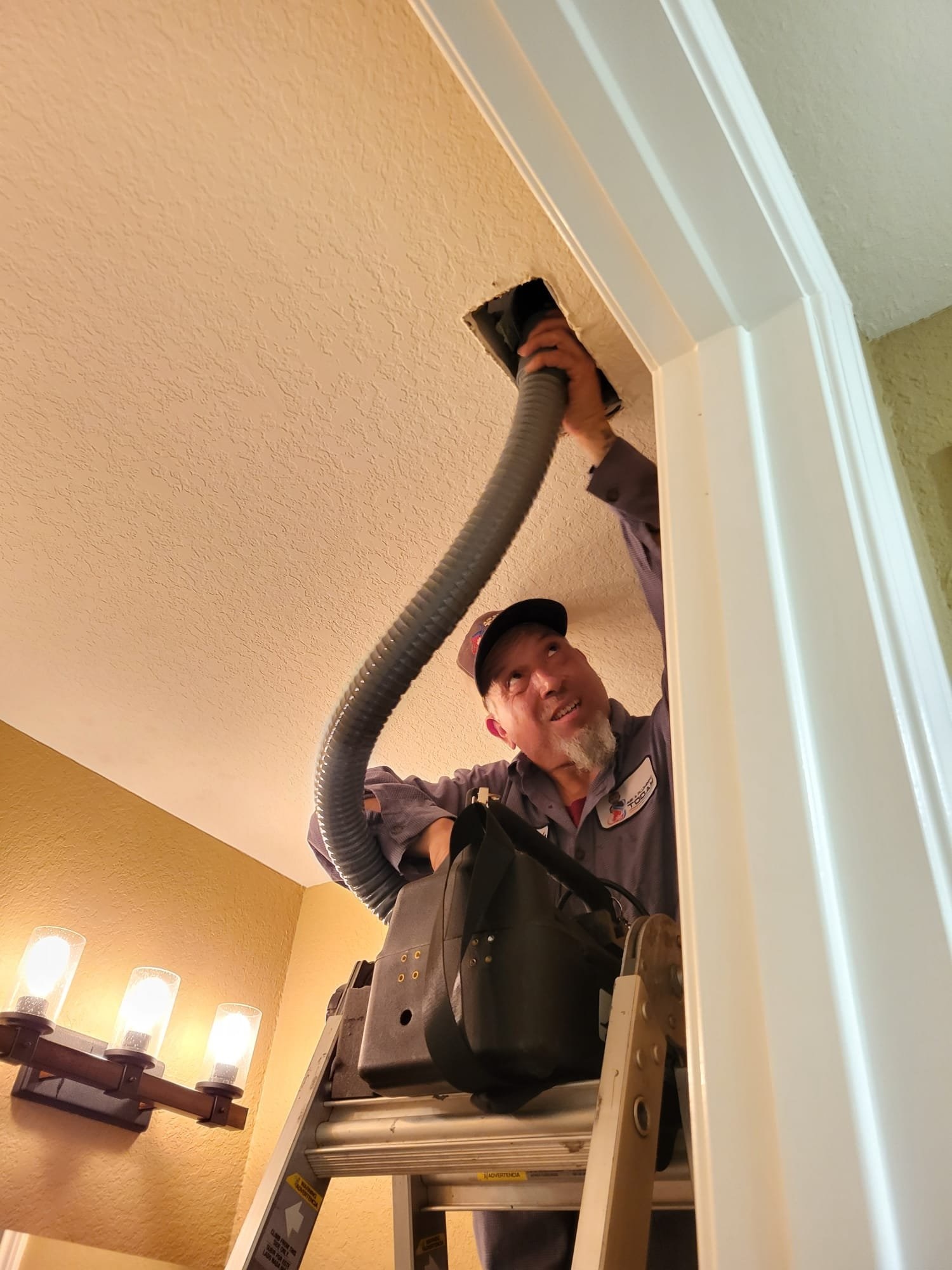Air Duct Cleaning
Air & Plumbing Today offers AC air duct cleaning services in San Antonio and Austin.
We offer full service air conditioning duct cleaning for your home or business in San Antonio and Austin – Lakeway TX! Our process is very effective but also gentle on your air ducts. Our process can remove years worth of dust and filth from inside your AC ducts in a matter of minutes! All air duct cleaning services include a dryer vent cleaning.
We are certified by NADCA – The National Air Duct Cleaning Association.
We are highly trained to clean your home’s air ducts and even perform HVAC system and air duct mold remediation. We price these services on a case-by-case basis since every home’s HVAC system is unique and we quote our prices based on the hours each case will take to complete. We don’t use the common gimmicks such as a “low price duct cleaning special.” Why? Companies that use that approach use that offer to get their foot in your door and then suddenly find something that they deem as “devistating” or “dangerous” such as “toxic mold” to shock their customers into paying them thousands of dollars. Air & Plumbing Today doesn’t play games like that – we simply clean your air ducts so you can breathe easier and enjoy clean smelling air throughout your home. By the way, if we did find anything like mold, we’d most likely refer you to a certified remediation company who could properly remove the mold however it is very rare that we encounter this and we’ve worked on thousands of homes throughout the San Antonio Area.
What type of air duct cleaning equipment do we use?
Our friendly air duct cleaning specialists use a negative air machine which is a “compact workhorse” for use on residential but also powerful enough for commercial duct cleaning. This suprisingly quiet air duct cleaning maching can provide 3500 CFM and over 6” static pressure through a full-size 12” inlet, 3-stage HEPA filtration to capture all debris without leaking it back into your home. We connect this machine to your AC system as we run the brush unit through your air ducts and sweep them clean. You’ll be suprised at what comes out of your ducts but you’ll also be pleasantly suprised at the quality of your home’s air after we’re done!
Why You Should Have Your Air Ducts Cleaned.
Studies have shown that indoor air can be 2 to 5 times more polluted than outdoor air. In fact, the EPA (Environmental Protection Agency) states that indoor air pollution is one of the top five environmental risks to public health. Most disposable filters remove only about 10% of these pollutants, allowing the remaining 90% to enter the air system, even during the construction of a new home. Pollutants include dust, pollen, mold spores, animal dander, and more. These materials accumulate in the furnace, air conditioner, and duct surfaces, just as they do on furniture and floor surfaces.
Poor indoor air quality can lead to Sick Building Syndrome (SBS), which can cause various health issues and discomfort for building occupants. According to the American Lung Association, poor indoor air quality can contribute to the development of infections, lung cancer, and chronic lung diseases such as asthma. While furniture and floors are cleaned regularly, duct surfaces are hidden from view and can only be accessed with specialized duct cleaning equipment.
Proper maintenance of the HVAC system, including regular cleaning and changing of filters, can significantly improve indoor air quality and energy efficiency. Utilizing air purifiers with HEPA filters, UV lights, or activated carbon filters can further reduce indoor air pollutants and improve the overall air quality in a space. Regularly opening windows and doors to allow fresh air circulation can also help maintain a healthier indoor environment.
These pollutants can re-enter the room or serve as a food source for mold and bacteria, which can thrive in this dark, comfortable environment created by high humidity or moisture from the air conditioner or humidifiers. Biological growth can release mold spores or toxins into the air system, further exacerbating indoor air quality issues.
How Can Mold Grow in a Duct System and What Problems Can It Cause?
Mold spores require a stable temperature, a food source, and moisture to survive and reproduce. Dust and dirt that pass through the filter serve as a suitable food source. The furnace and air conditioner system is designed to maintain a comfortable temperature, while moisture is available from humid conditions in the environment, the humidifier in the furnace, or the cooling coils in an air conditioner.
According to the World Health Organization (WHO), occupants of damp or moldy buildings have up to a 75% greater risk of respiratory symptoms and asthma. In addition to triggering allergies and asthma, poor indoor air quality can also cause other respiratory issues, such as chronic obstructive pulmonary disease (COPD). Prolonged exposure to mold can lead to more severe health issues like hypersensitivity pneumonitis, an inflammation of the lungs.
Live molds can release spores that trigger allergic or asthmatic reactions, sometimes severe, in approximately 10% of the population. Both living and dead mold can produce toxins that may cause short-term allergic reactions. Prolonged exposure to low levels of some mold toxins can result in permanent chemical sensitivity to common compounds found in the environment.
Children, elderly individuals, and those with compromised immune systems are at a higher risk of developing health issues related to poor indoor air quality and mold exposure. Regular inspection and maintenance of HVAC systems, including duct cleaning and filter replacement, can help prevent mold growth and improve indoor air quality. Proper ventilation and moisture control are essential for preventing mold growth and maintaining healthy indoor air quality.
What are the Sources of Air Duct Contamination?
All indoor air was once outdoor air, meaning that dust, chemicals, pollen, insects, and mold spores from the outside can be drawn into the air system. People continuously shed millions of tiny dead skin cells, while cooking smoke, household insect sprays, and personal care products contribute to indoor pollutants. Many construction materials, carpets, wood products, and plastics also emit pollutants, including volatile organic compounds (VOCs) that can cause adverse health effects.
During construction or remodeling activities, various types of dust are generated, which can find their way into the ductwork. If duct components were stored outside before installation, they may have accumulated dust, rainwater, or even mold. Furthermore, outdoor air pollution from sources like vehicle emissions and industrial activities can also infiltrate indoor spaces, especially in urban areas. To maintain healthy indoor air quality, it is essential to use proper ventilation systems, air purifiers, and regular maintenance of HVAC systems. Ensuring proper storage and handling of duct materials during construction and implementing effective air filtration methods can significantly improve the quality and safety of indoor air.
How Often Should I have My Air Ducts Cleaned?
Once an air system is thoroughly cleaned, it should remain clean for 3 to 7 years if properly maintained and a high arrestance filter, such as a HEPA filter, is installed. A standard disposable filter only stops about 10% of the airborne contaminants, allowing 90% of the dust in the room to flow back into the air system. To maintain protection against biological growth, an EPA-registered biocide should be applied every 6 to 12 months by a qualified duct cleaning professional.
In addition to using high-quality filters and biocides, regularly inspecting and maintaining HVAC systems can prolong their efficiency and lifespan. Sealing ductwork can help prevent air leaks, leading to better energy efficiency and improved air quality. It’s also important to ensure that the HVAC system is properly sized for the building, as an improperly sized system can lead to inadequate ventilation, humidity issues, and increased energy consumption.
Keeping indoor humidity levels between 30% and 50% can help prevent mold growth and maintain a comfortable environment. Using exhaust fans in areas with high moisture, such as bathrooms and kitchens, can also contribute to improved indoor air quality. By combining these practices with regular professional duct cleaning, you can help ensure a healthier and cleaner indoor environment.
Will a Dirty Air System Result in Higher Energy Costs?
Depending on the amount of contamination and its location, energy consumption could be increased. If the fan blades, evaporator coil or other control components of the system are heavily contaminated, the system may have to run much longer to cool or heat the occupied space, wasting a lot of energy.
What Does It Cost to Have a Whole Air System Cleaned?
This can depend on a lot of factors, such as the size of the home, the number of supply ducts, how long since the ducts were cleaned, etc. The whole system should be cleaned and a more efficient filter installed to keep the system clean longer. A competent duct cleaning company would not be able to do this for less than $200 for a small home or $800 for a large home.
How Should the Air System be Cleaned?
Air system cleaning is a simple four step process. To view the details of this process, please view our duct cleaning procedures page.
Which Parts of the Air System Should be Cleaned?
There are 3 major parts to an air system:
1. The supply and return grills;
2. The interior surfaces of the supply and return vents; and
3. The furnace/air conditioner air handler.
All 3 components will be cleaned with our service because If only one or two of the components are cleaned, the contaminates from the 3rd component will rapidly contaminate the ones that were cleaned. We want to ensure your air ducts have been thoroughly cleaned and our service lasts a long time.
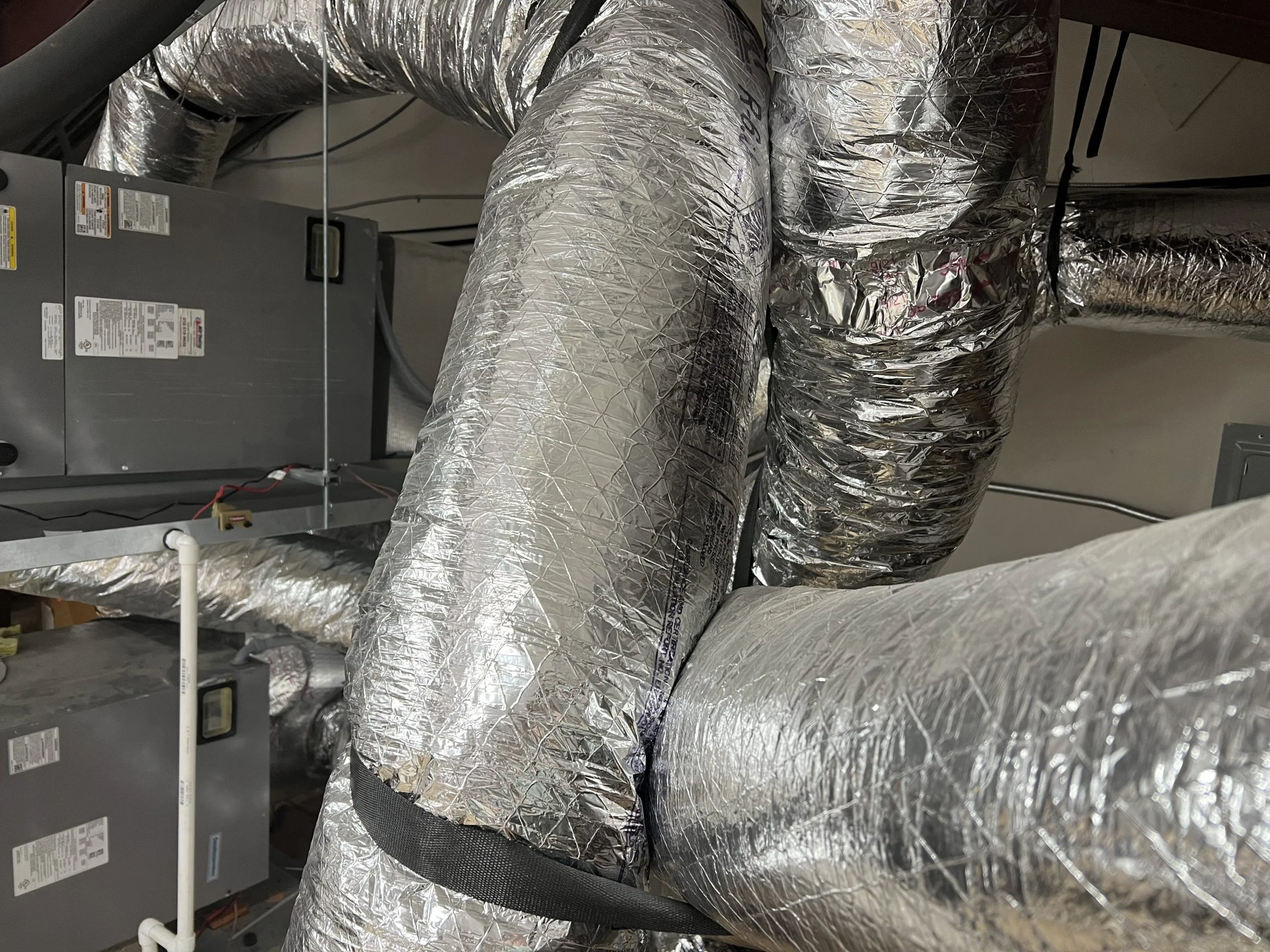
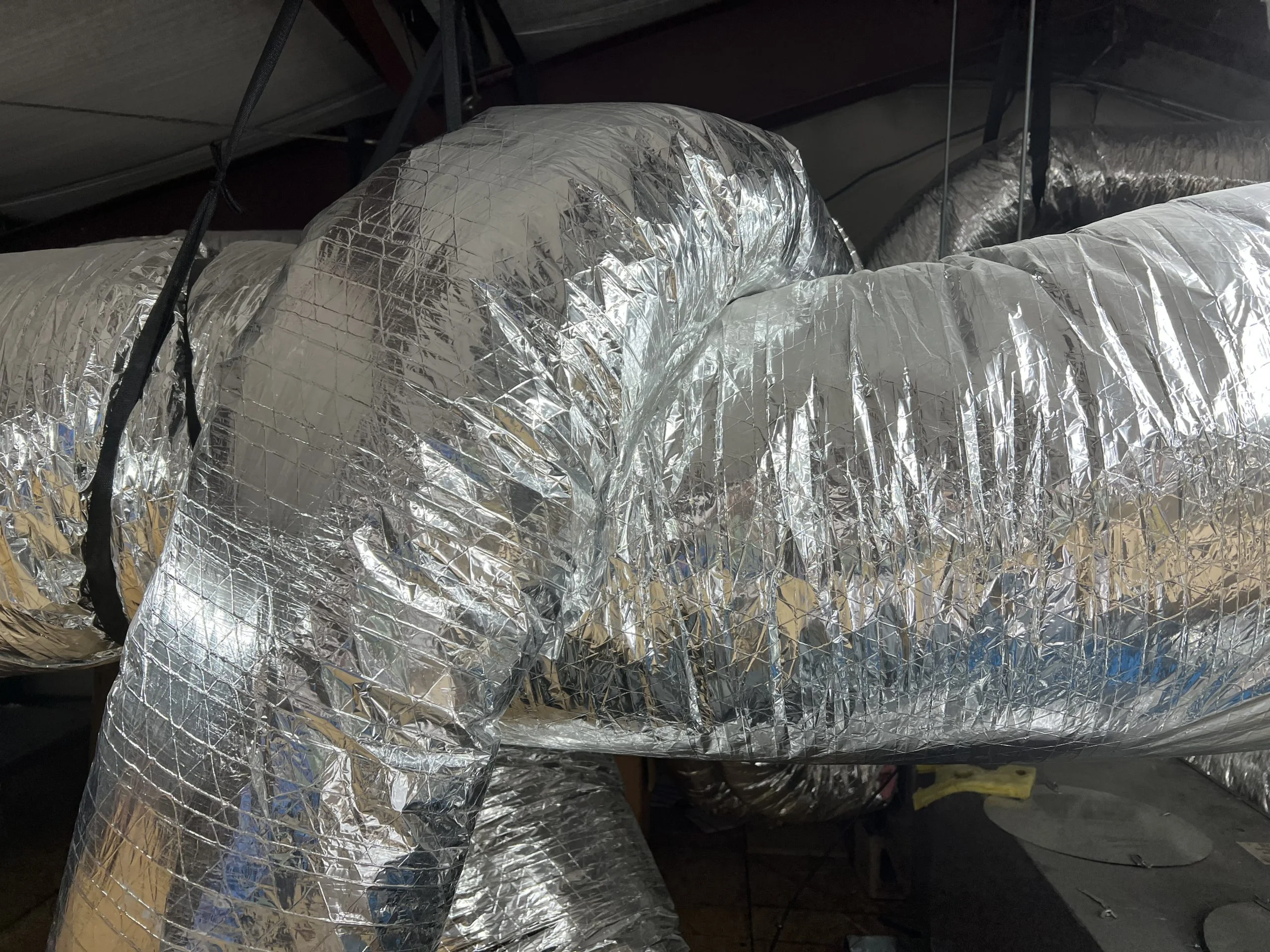
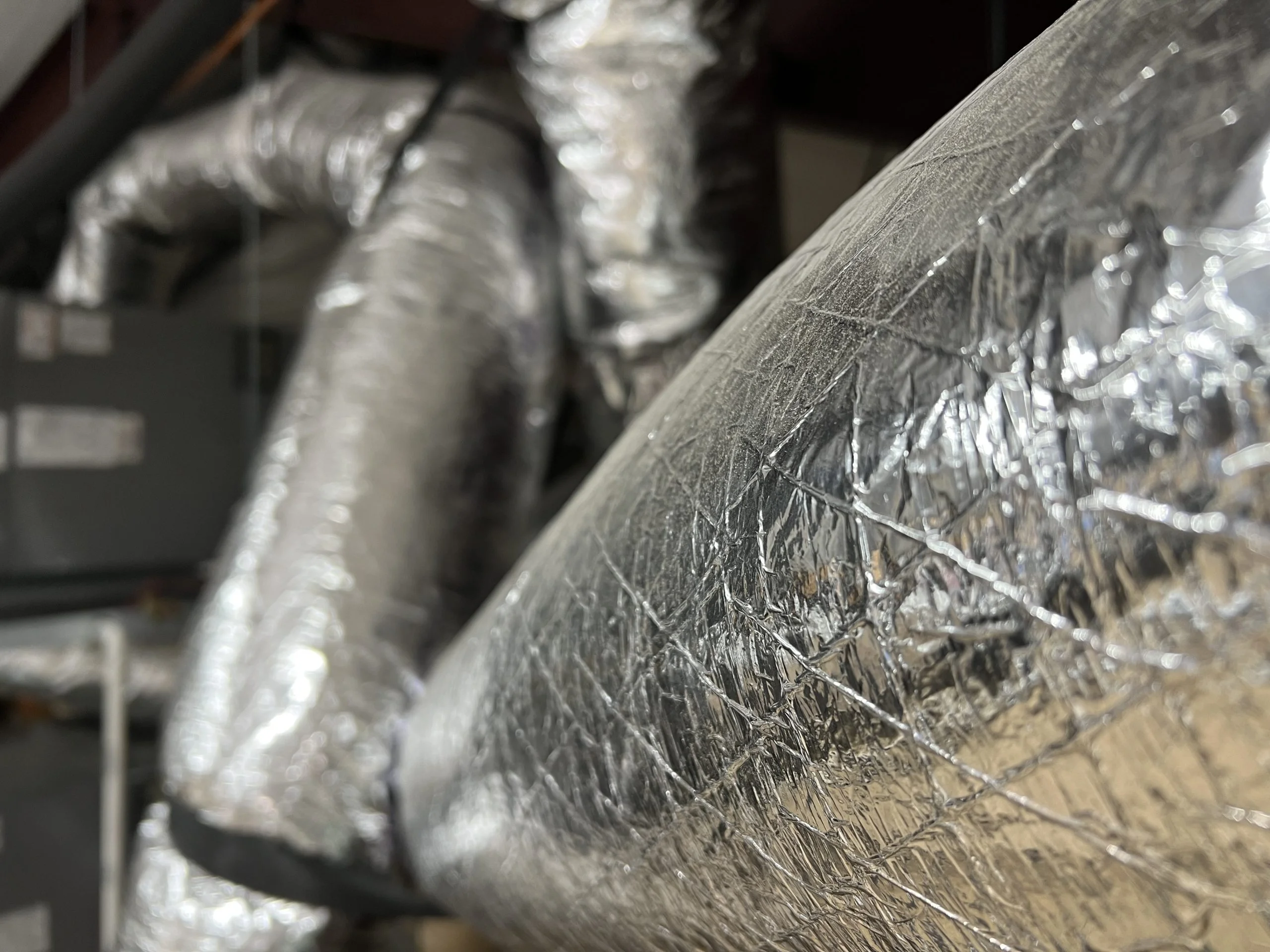
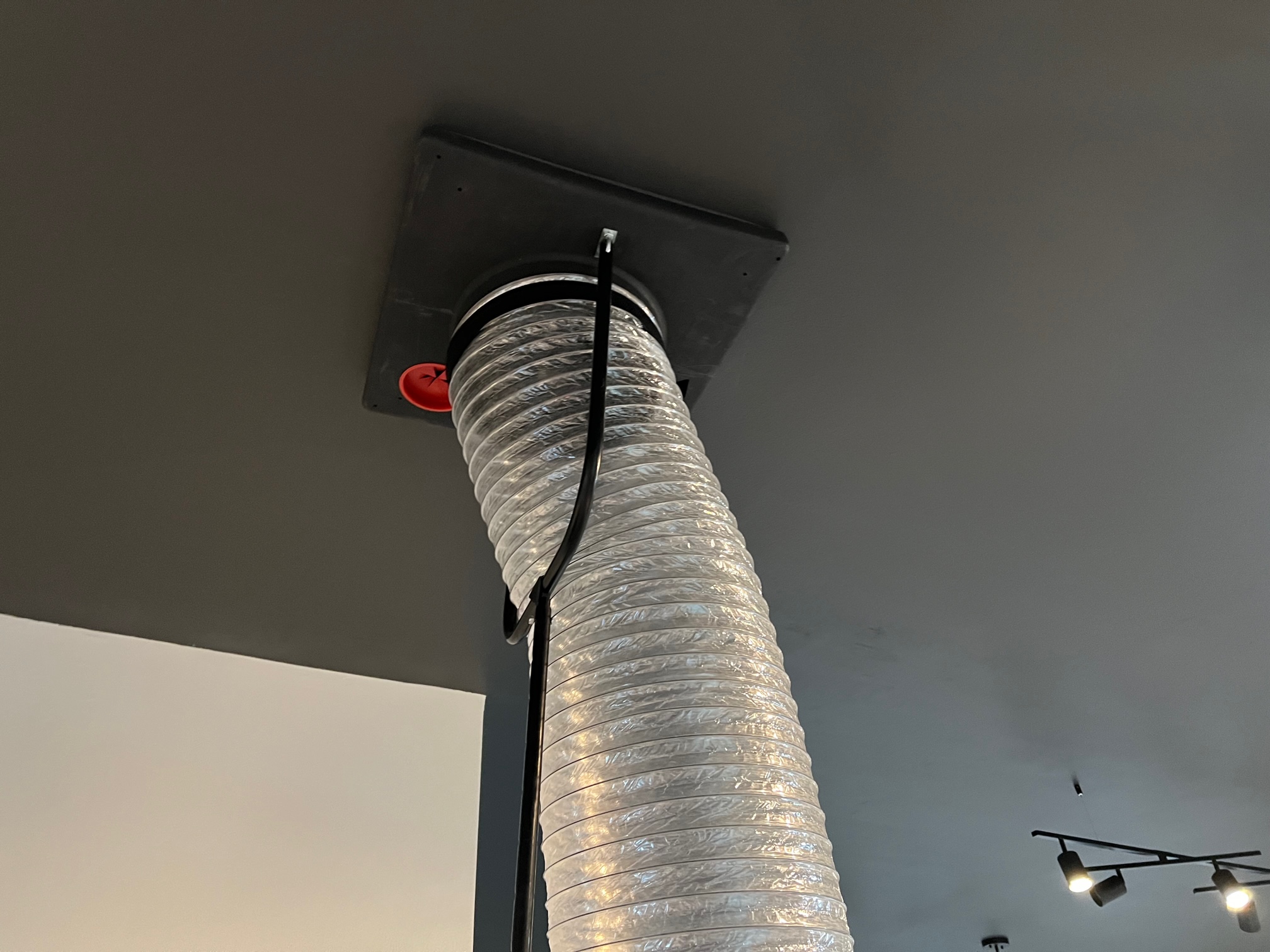
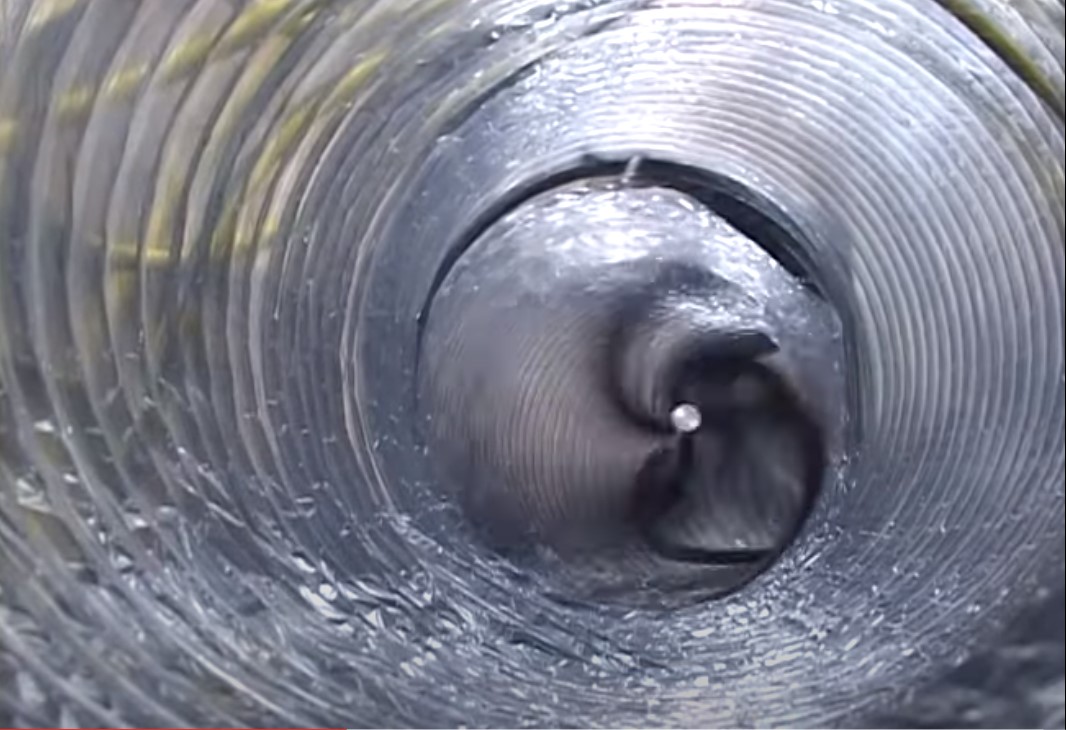
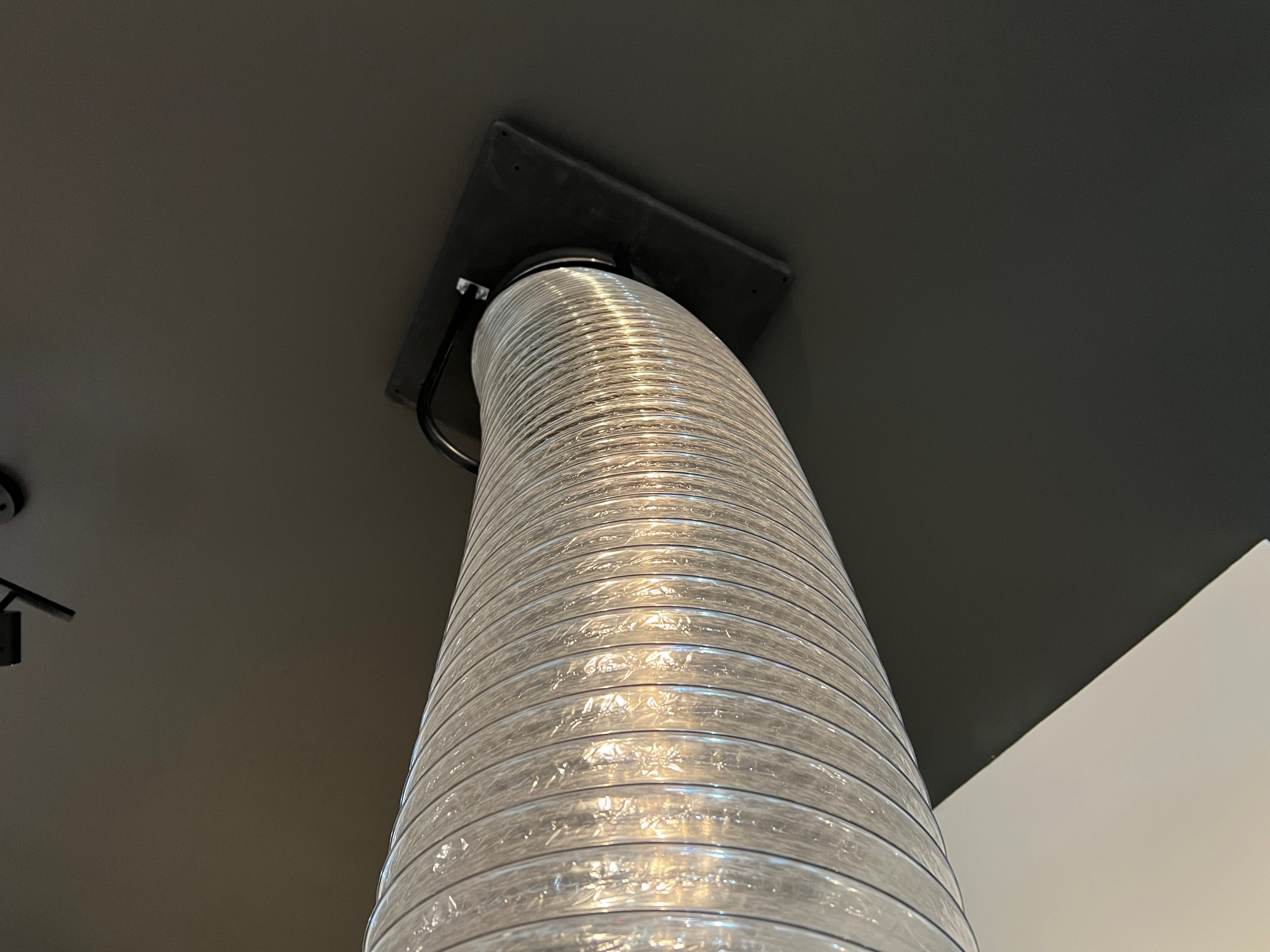
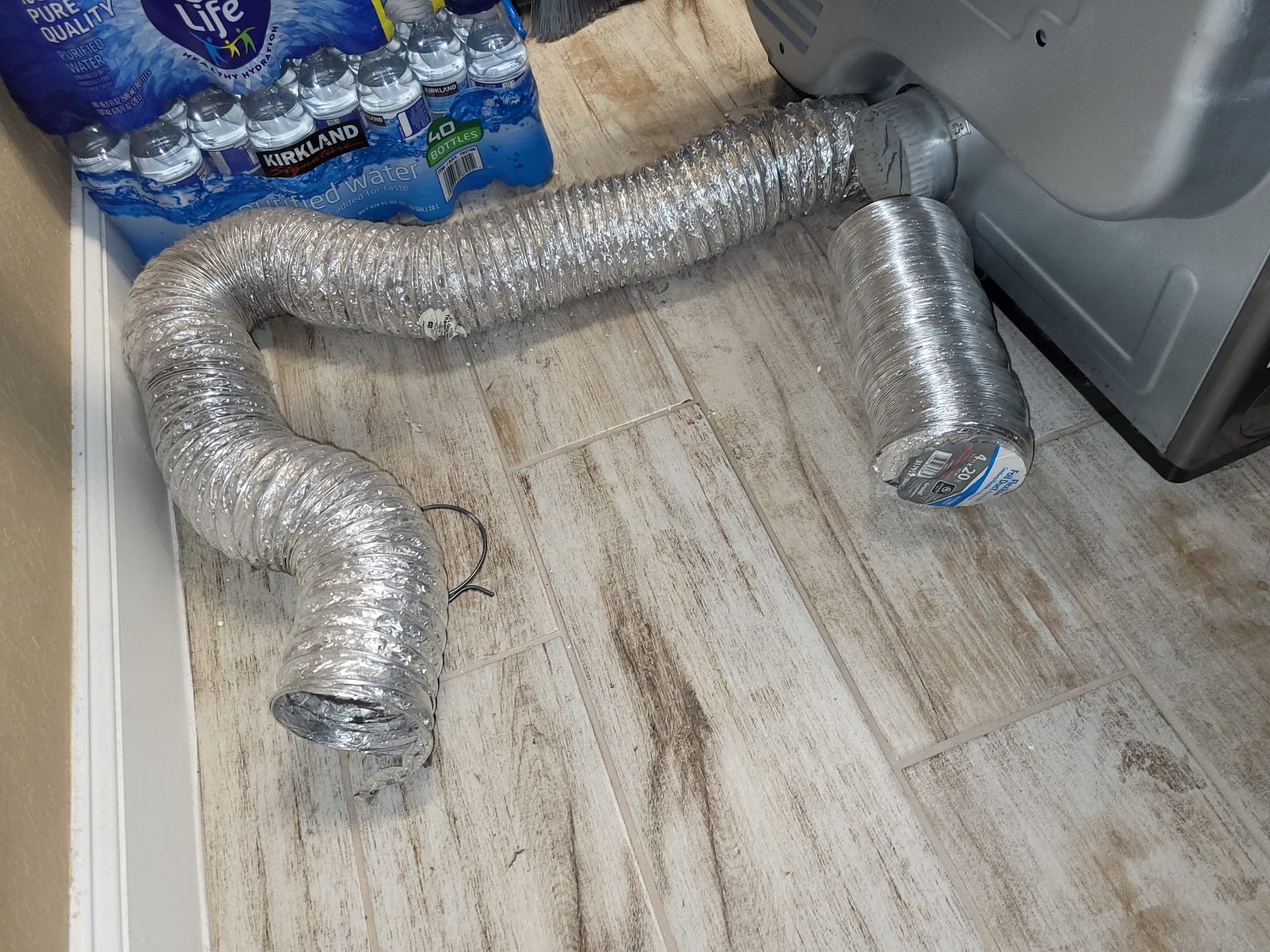
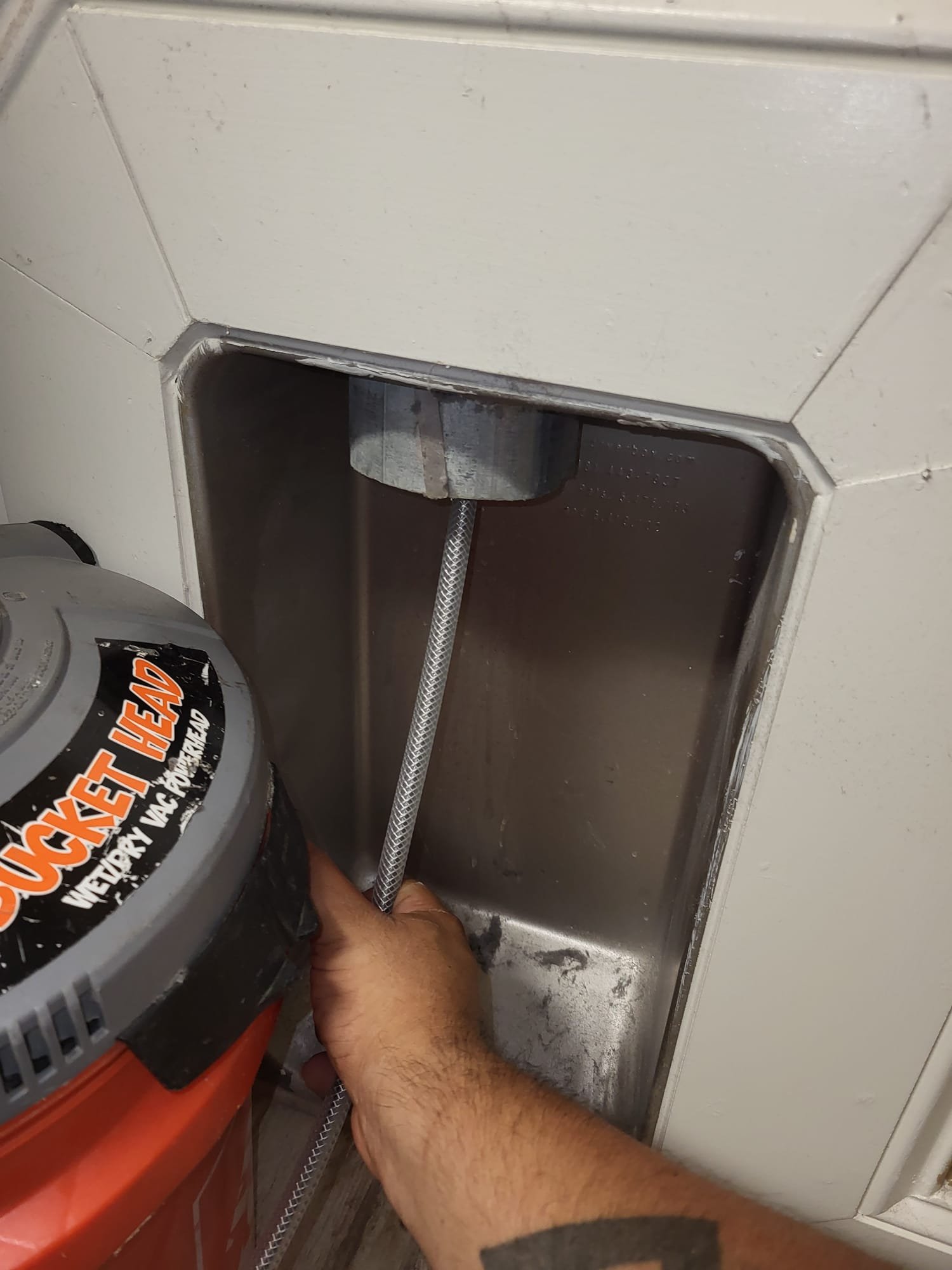
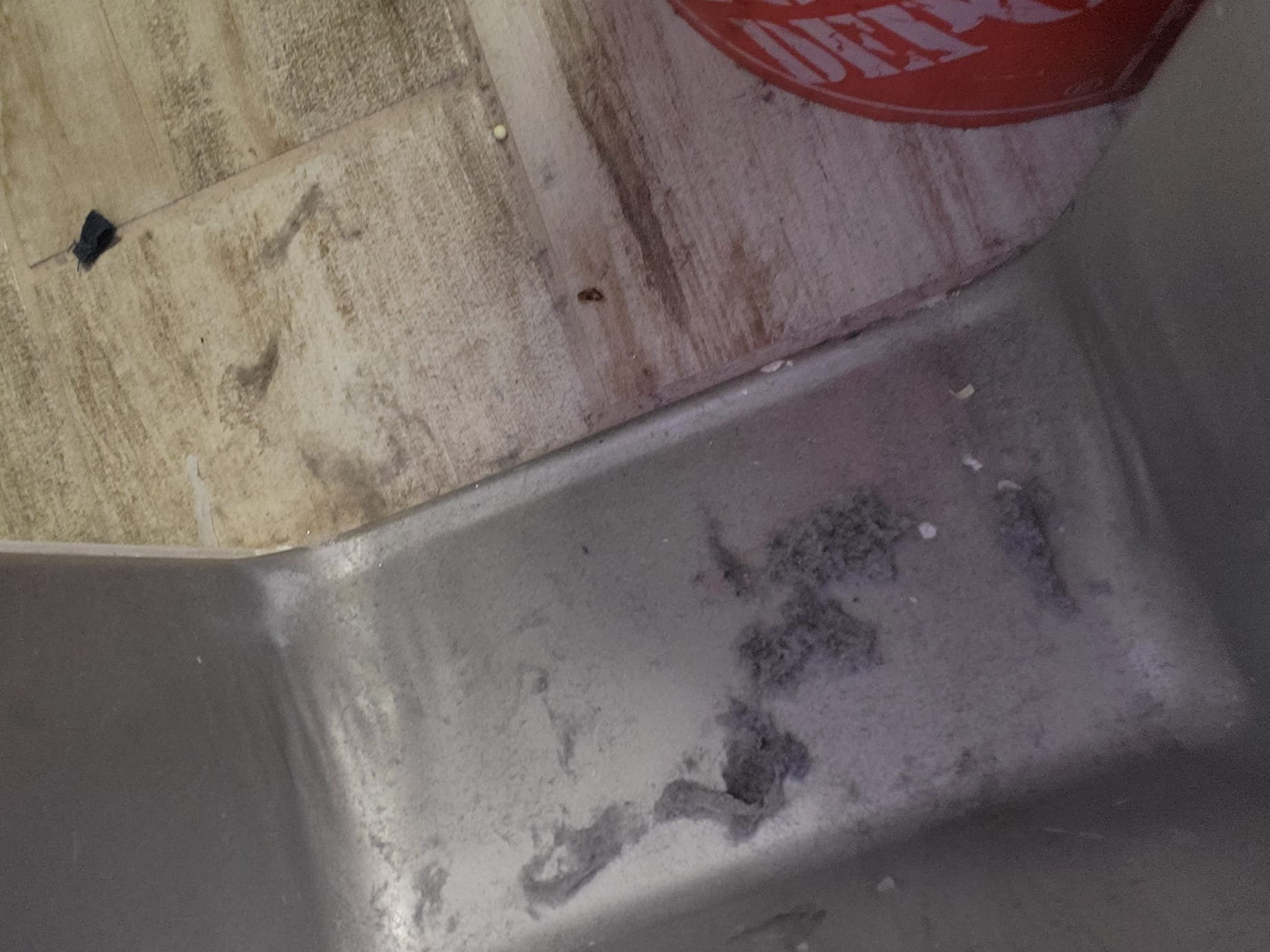
Our Offices
3615 Tavern Oaks San Antonio TX 78247
2009 FM 620 N Lakeway, TX 78734
Call or Text Us
Email Us
Hours
24/7 EMERGENCY SERVICE
(A live person always answers)
Our Offices
3615 Tavern Oaks San Antonio TX 78247
2009 FM 620 N Lakeway, TX 78734
Call or Text Us
Email Us
Hours
24/7 EMERGENCY SERVICE
(A live person always answers)
By submitting this form and signing up for texts, you consent to receive messages from Air & Plumbing Today LLC at the number provided regarding your request, updates about appointments and services or promotions and offers, including messages sent by autodialer. Consent is not a condition of purchase. Msg & data rates may apply. Msg frequency varies. Unsubscribe at any time by replying STOP. Reply HELP for help. Privacy Policy & Terms


